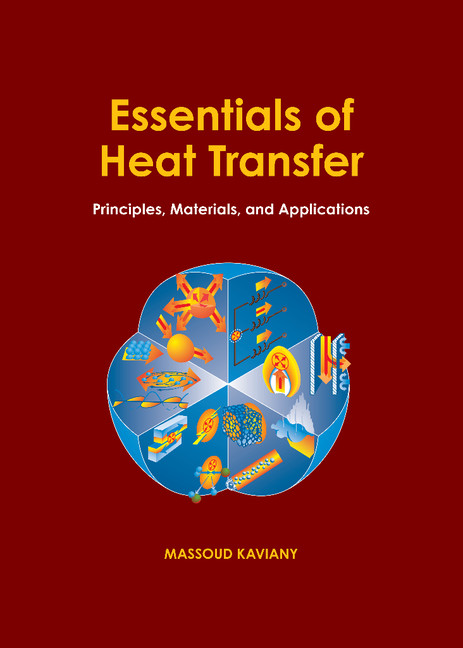CLCTK
LanguageENG
PublishYear2015
publishCompany
Wiley
EISBN
9781118926376
PISBN
9781118533314
- Product Details
- Contents
Since the publication of the Second Edition in 2001, there have been considerable advances and developments in the field of internal combustion engines. These include the increased importance of biofuels, new internal combustion processes, more stringent emissions requirements and characterization, and more detailed engine performance modeling, instrumentation, and control. There have also been changes in the instructional methodologies used in the applied thermal sciences that require inclusion in a new edition. These methodologies suggest that an increased focus on applications, examples, problem-based learning, and computation will have a positive effect on learning of the material, both at the novice student, and practicing engineer level. This Third Edition mirrors its predecessor with additional tables, illustrations, photographs, examples, and problems/solutions. All of the software is open source, so that readers can see how the computations are performed. In addition to additional java applets, there is companion Matlab code, which has become a default computational tool in most mechanical engineering programs. The existing web site will be updated to have a more modern interface. The number of end of chapter problems will be expanded from 125 to about 190 problems, about 15 per chapter, and the number of worked examples in the text will correspondingly be expanded as well, including use of computational Matlab programs. The end of chapter references will be updated to reflect recent publications and significant advances in a given area. Features of this Third Edition: Within each chapter, the disciplinary background (thermodynamics, fluids, etc) is reviewed, with specific application to engines. Some specific additions are: expanded subsection in Chapter 1 for alternative power plants including electric hybrid vehicles and fuel cells, reduced discussion of gas turbine and steam engines; separate subsections for gasoline fuel injection and diesel fuel injection in the Fluid mechanics Chapter 5; new subsections for combustion diagnostics and homogeneous charge compression ignition in the Combustion Chapter 7; new subsections for emissions control technologies of exhaust gas recirculation, catalytic converters, and after-treatment in the new Emissions Chapter 8; separate subsections for gasoline, alcohol, diesel, bio-diesel, natural gas/propane, and hydrogen in the Fuels Chapter 9; new subsections for zero and multidimensional modeling, and control systems in the new Modeling and control Chapter 12; and expanded treatment of engine parameters, including fuel type, in the Engine performance Chapter 13.
Collected by
- Princeton University
- Yale University
- University of Oxford
- Columbia University Library
- MIT
- UCB











